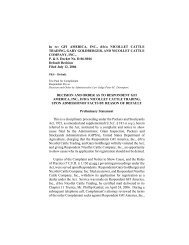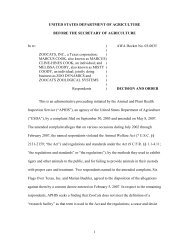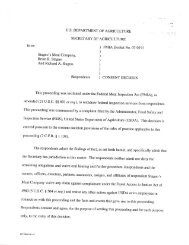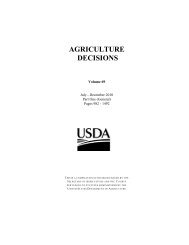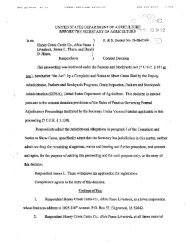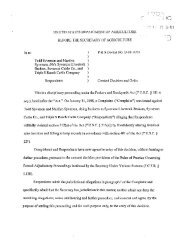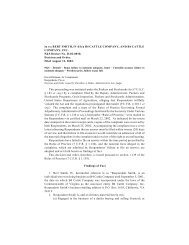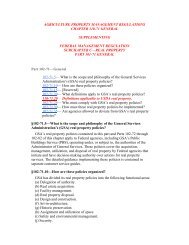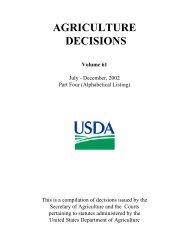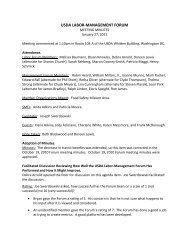Green Information Technology Strategic Plan - Departmental ...
Green Information Technology Strategic Plan - Departmental ...
Green Information Technology Strategic Plan - Departmental ...
You also want an ePaper? Increase the reach of your titles
YUMPU automatically turns print PDFs into web optimized ePapers that Google loves.
% of reduction<br />
fig. 10<br />
56<br />
35<br />
30<br />
25<br />
20<br />
15<br />
10<br />
Current measurement<br />
Carbon Reduction <strong>Plan</strong><br />
3<br />
Based on the U.S. Environmental Protection Agency’s<br />
<strong>Green</strong> Building initiative, there are seven major focus areas<br />
to achieve goals for environmental initiatives for both new<br />
construction and existing buildings 10 . The areas requiring<br />
attention include energy, water, waste, indoor air quality,<br />
environmentally preferable building materials toxics<br />
reduction, smart growth and sustainable benefits. Each of<br />
these efforts involves programs that range from the short<br />
term (immediate action available) to long term (future<br />
planning in the example of new construction of buildings).<br />
—Energy<br />
5<br />
0<br />
Annual Targeted Reduction in Carbon Emissions Conserving Energy in Facilities<br />
Immediate steps taken to decrease energy usage throughout<br />
the USDA’s Whitten and South Buildings have been to<br />
decrease interior lighting by approximately 50%, and<br />
shut down 50% of the facilities elevators, but this is just<br />
the beginning as technology advances. With the advent of<br />
sensor technology, there will one day be an infrastructure<br />
6<br />
9<br />
12<br />
15<br />
FY 2006 FY 2007 FY 2008 FY 2009 FY 2010 FY 2011 FY 2012 FY 2013 FY 2014 FY 2015<br />
18<br />
<strong>Green</strong> <strong>Information</strong> <strong>Technology</strong> <strong>Strategic</strong> <strong>Plan</strong><br />
21<br />
within each building facility that affords the use of energy<br />
in only the areas that will be traveled by each individual<br />
employee. Sensor technology has already led us down that<br />
path, but there is much more untouched, that will lead to<br />
greater carbon reduction.<br />
Portions of the IT world that are currently utilized that will<br />
reduce the carbon use for the Department include community<br />
printers. No longer will there be a need to keep printers on<br />
each individual desk, or even in each set of cubicles. USDA<br />
is moving towards combination printer, copier, and scan<br />
machines that are linked within the USDA network, all of<br />
which will meet the E Star energy requirements 11 . The use<br />
of these machines will be for all personnel who reside on the<br />
network. For printing, after pressing print, the documents<br />
would sit, stored on the server, until the employee logs<br />
in with his or her Linc card and password, and from any<br />
location in the facility, the document can be retrieved from<br />
the router and printed for use. The same process would<br />
occur with scanning, just in reverse order.<br />
24<br />
27<br />
30




